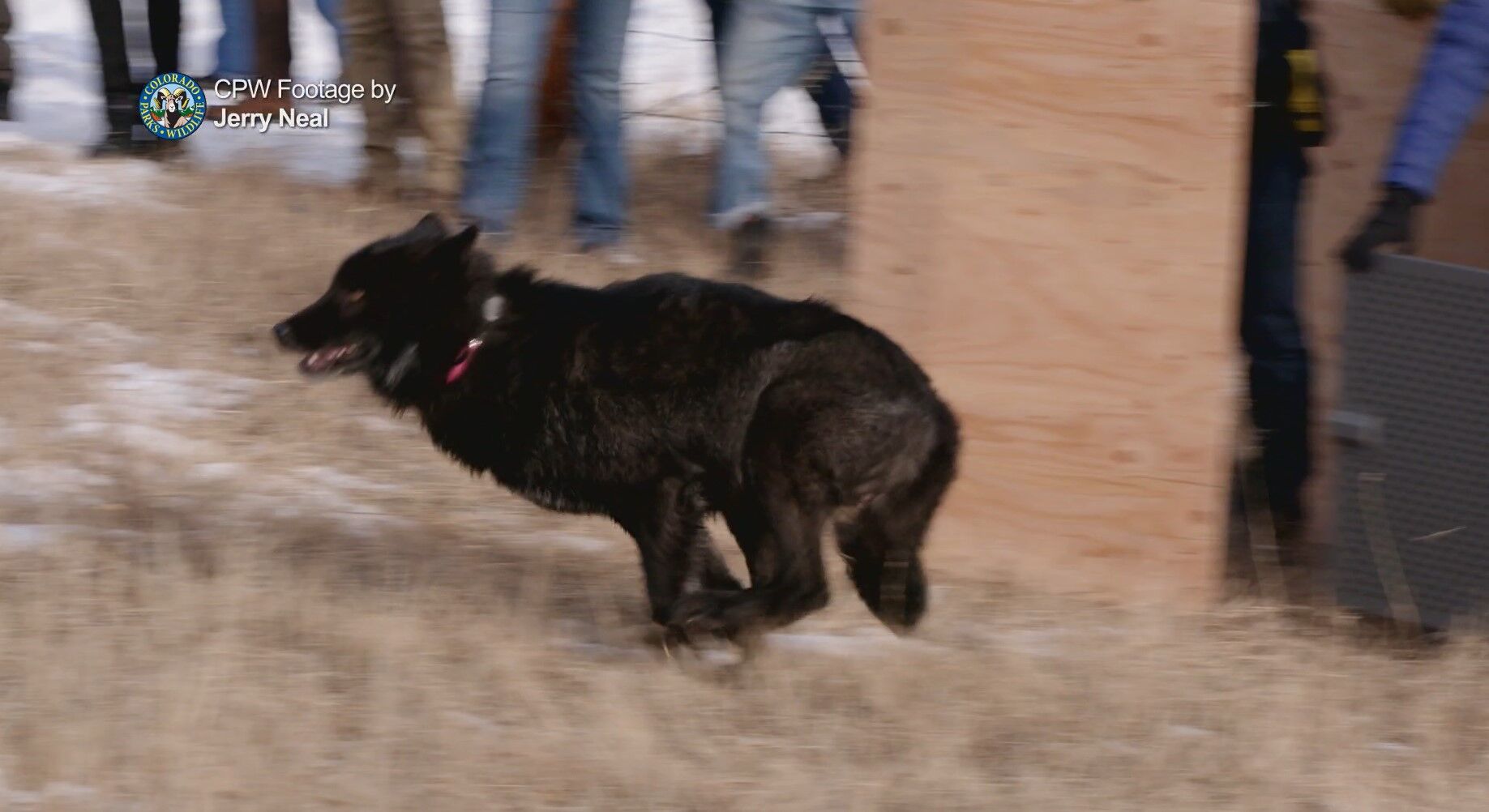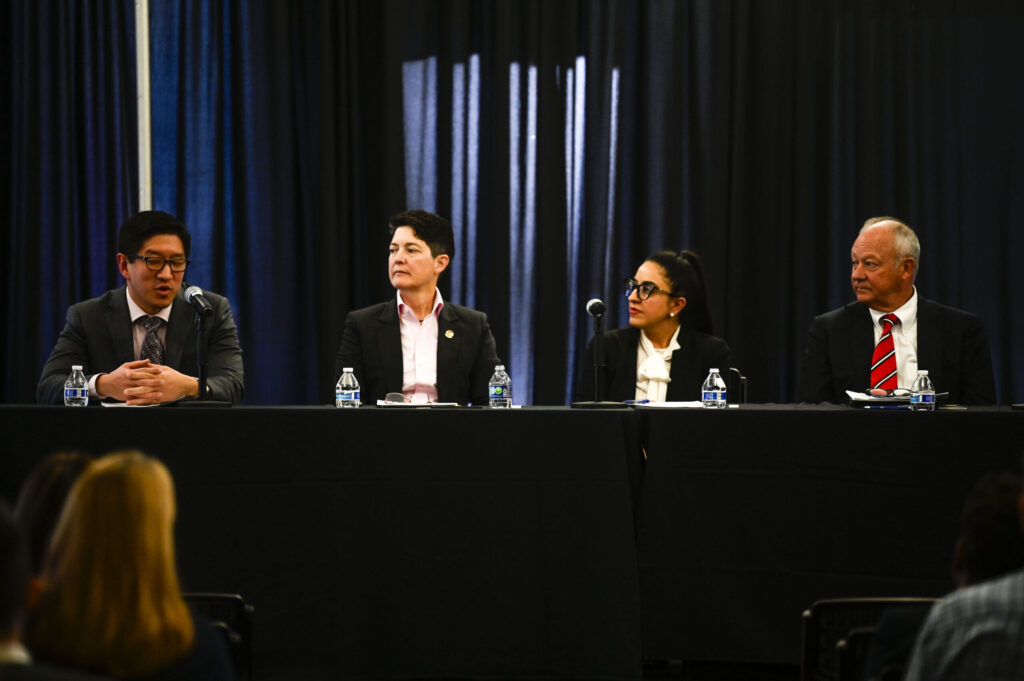Colorado wolf reintroduction faces opposition, new ballot initiative planned

Another attempt is in the works to halt additional introduction of wolves on Colorado’s Western Slope.
Advocates for Smart Wolf Policy earlier failed to submit signatures for its initial effort, which was due on Aug. 27.
The first round garnered only about 25,000 signatures, far short of the 124,238 valid signatures required. Sponsors of most ballot initiatives would need to collect at least 200,000 signatures to help guarantee meeting the signature requirement.
That first effort also failed to draw much financial support. Campaign finance reports showed the group raised less than $39,000 over six months.
The language for the second effort, filed on Aug. 12, is identical to the first ballot measure.
What will Smart Wolf Policy do differently for Round 2?
“We are engaging stakeholder groups early in the process for their help in gathering signatures in Round 2 and major donors in and outside Colorado for their contributions,” Patrick Davis, a spokesman for the group, told Colorado Politics.
Colorado Parks and Wildlife officials announced in July that it plans to reintroduce more wolves in the winter of 2025-26. However, the ballot measure, if successful, would put an end to any further reintroductions after Dec. 31, 2026.
Critics of the proposed ballot measure have charged that, by the time the 2026 election comes, the issue could be moot, given that the state could already have completed all wolf reintroductions by then.
To that point, Davis responded, “CPW has proven they can’t manage the wolves they already imported into Colorado and will likely mismanage the additional wolves they traffic into Colorado in 2026.”
“Our ballot initiative would stop the importation of any more wolves after 2026, conceivably, giving CPW some breathing room to manage the wolves they already have in Colorado. Frankly, CPW might want to thank us for giving them an end date for this nightmare,” he said.
The next group of wolves is designated for the state’s southern region, with Gunnison County as the northern border of the area.
Wolves are already in Gunnison County, and in May, the state wildlife agency reported a wolf killed a calf there.
The agency has so far imported 25 wolves — 10 from Oregon and 15 from British Columbia. Last year, one Oregon mating pair produced a pack of five pups, known as the Copper Creek pack.
Those wolves are believed to be responsible for numerous livestock deaths in 2024 in Grand County and in 2025 after the pack was relocated to Pitkin County.
As of Sept. 5, 11 wolves have died, including two of the Copper Creek yearlings and the male of the mating pair. Of the 11 deaths, eight have taken place in 2025. Five were wolves from British Columbia.
U.S. Fish & Wildlife reported on Sept. 5 that a necropsy on a British Columbia wolf that was found dead in northwest Colorado in May revealed it died because of a collision with a motor vehicle. No further information was provided.
Three other packs were born in 2025, according to the state, although the number of pups in those packs is unknown.













